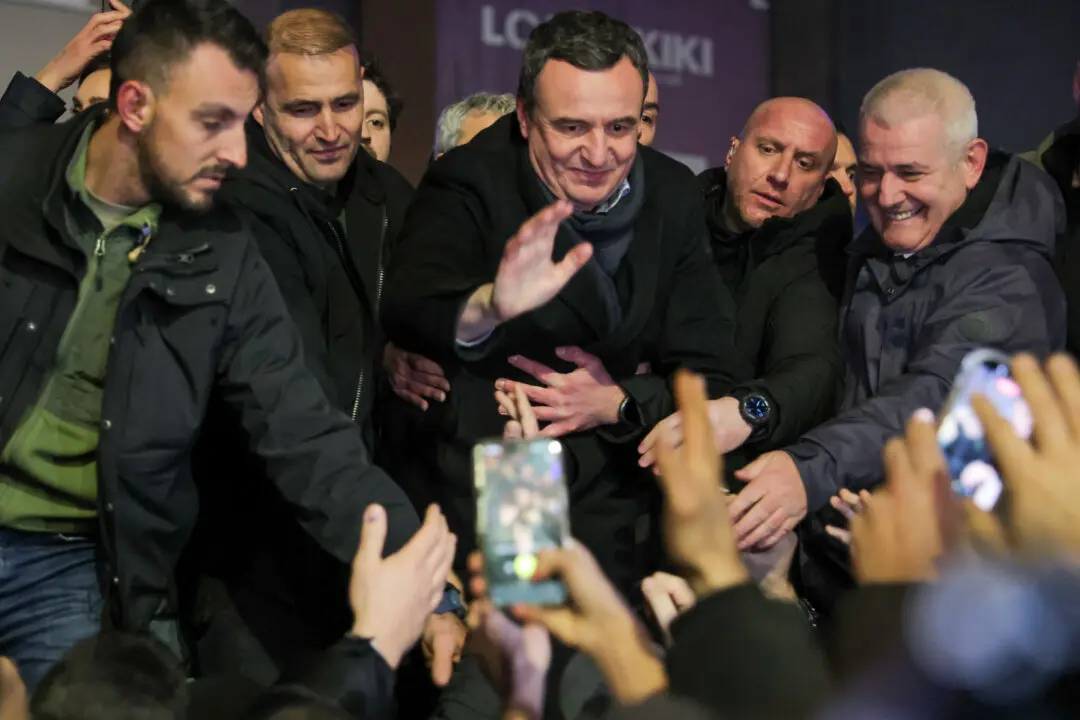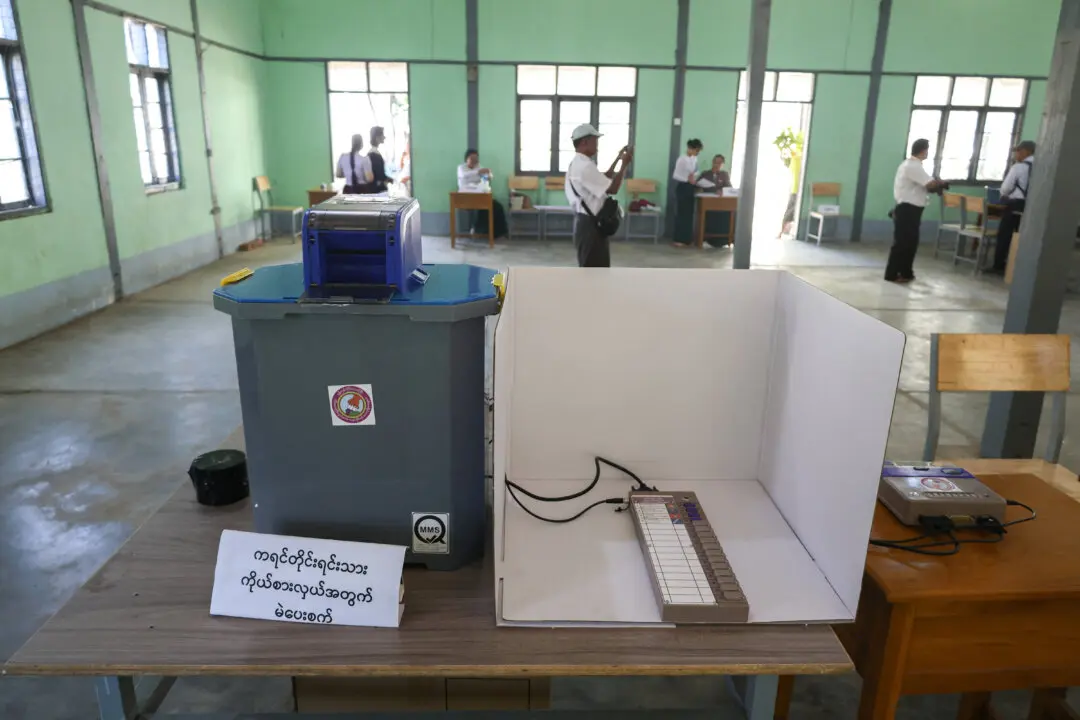LONDON/WASHINGTON—Russian hackers piggy-backed on an Iranian cyber-espionage operation to attack government and industry organizations in dozens of countries. They were masquerading as attackers from the Islamic Republic, British and U.S. officials said on Monday.
The Russian group is known as “Turla.” Estonian and Czech authorities accuse it of operating on behalf of Russia’s FSB security service. Turla has used Iranian tools and computer infrastructure to successfully hack into organizations in at least 20 different countries over the last 18 months, British security officials said.





